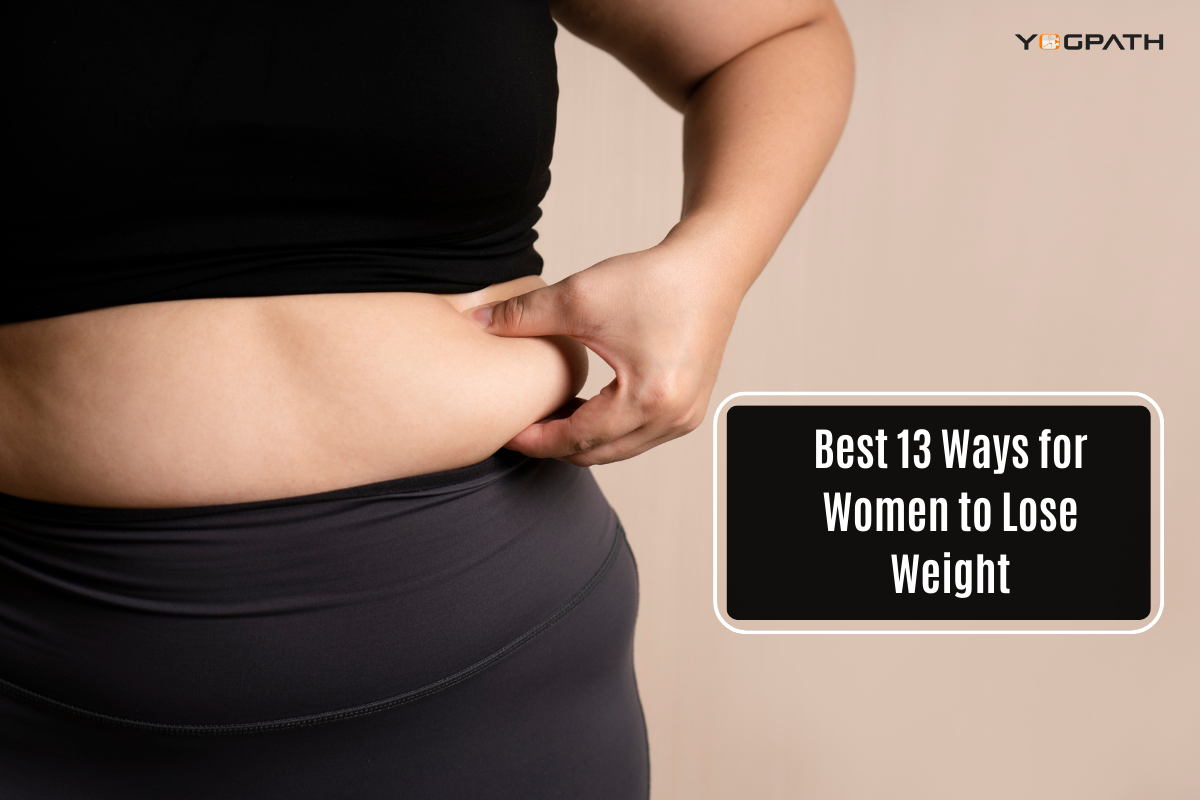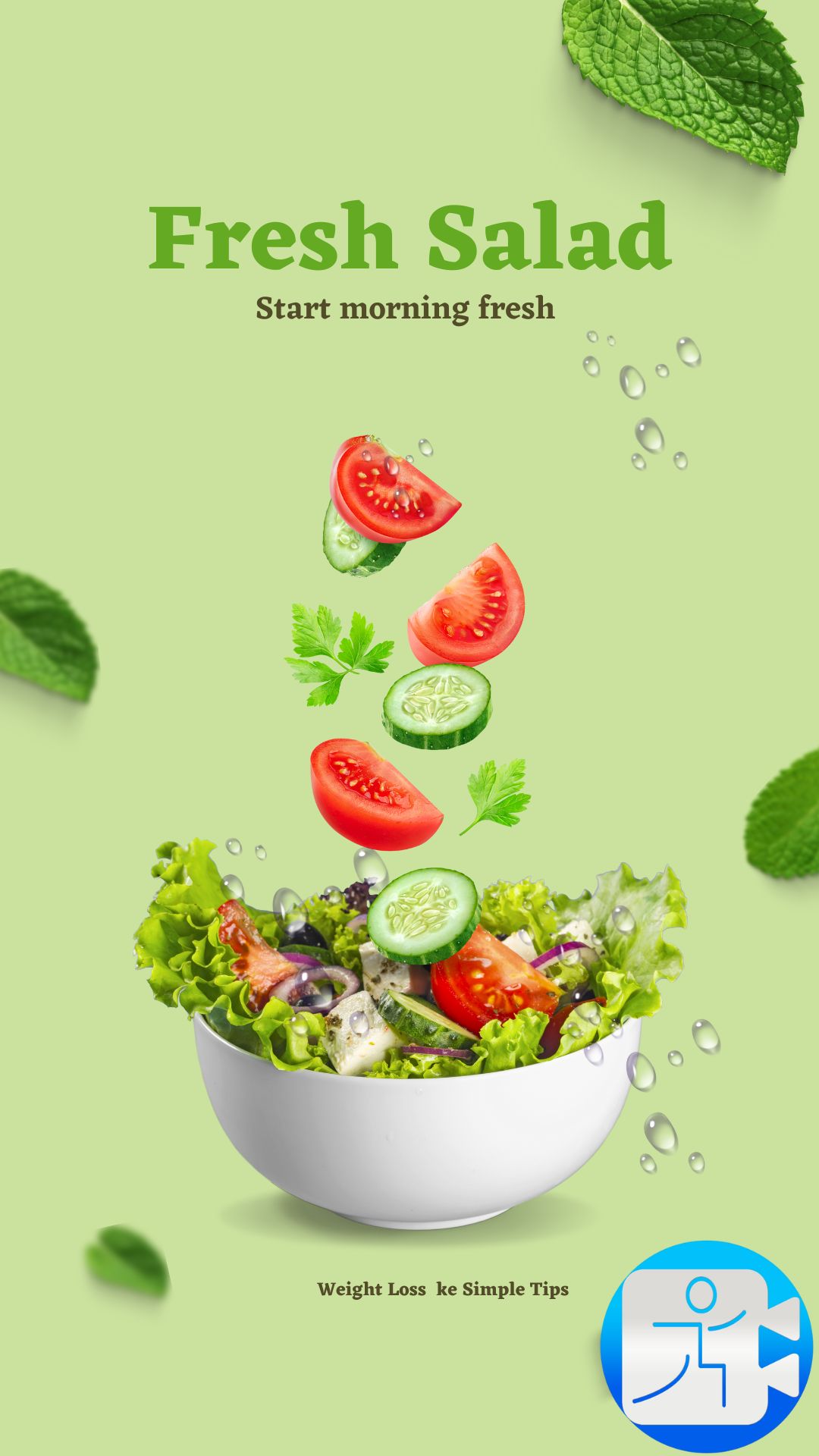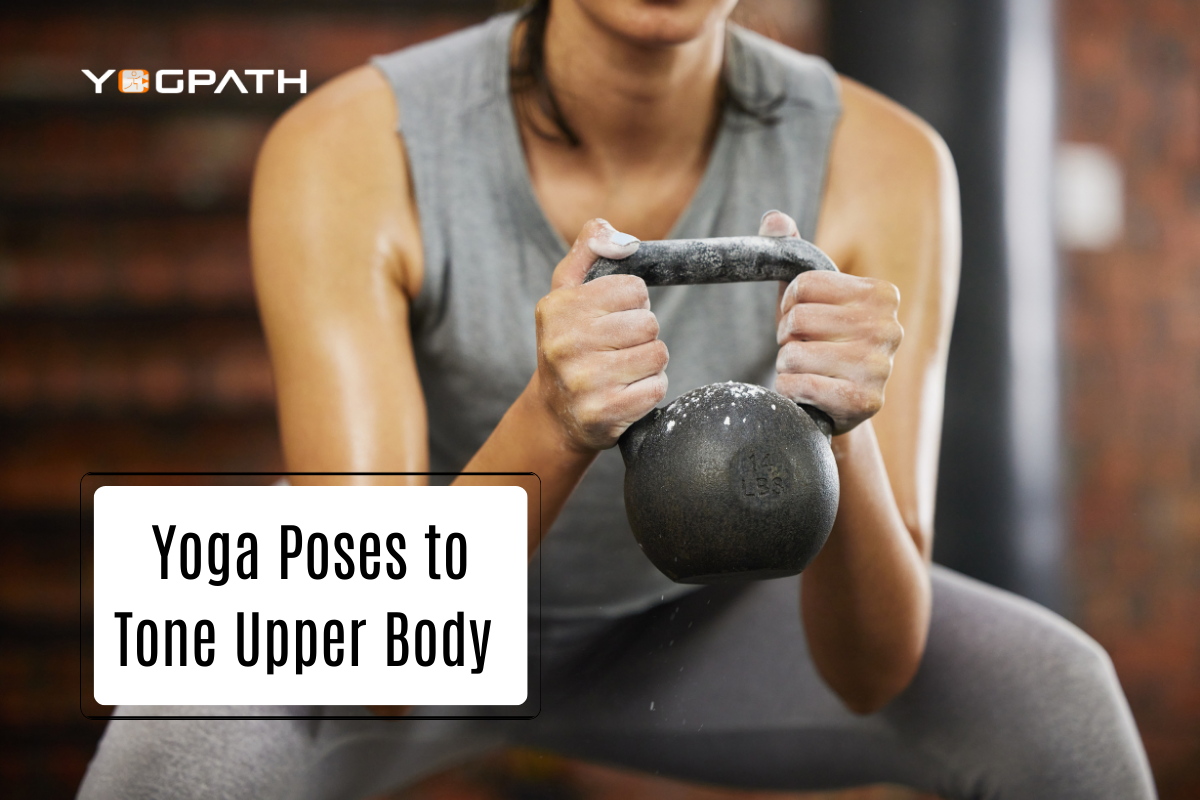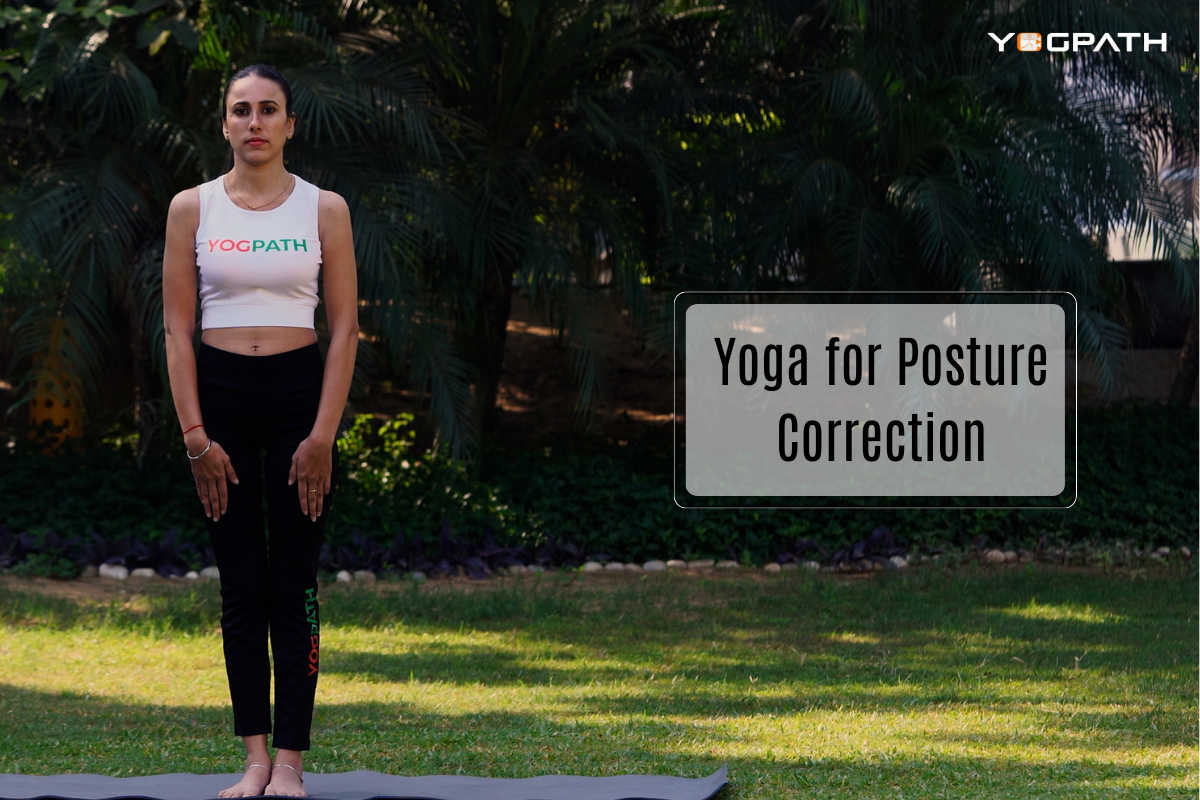
13 ways for women to lose weight
While diet and exercise are certainly important, there are many other variables that play a role in women’s weight loss success or failure. In fact, a variety of factors, including but not limited to sleep quality and stress levels, have been shown to significantly influence hunger, metabolic rate, body weight, and abdominal adiposity.
Weight loss success can be achieved with relative ease by simply adjusting a few aspects of one’s daily routine.
The best 13 ways to shed those extra pounds as a woman are listed below.
Reduce your intake of refined carbohydrates
When carbohydrates are refined, they go through a process that drastically reduces their nutrient content, especially fibre and micronutrient content. These foods are linked to weight gain and abdominal fat because they raise blood sugar levels and stimulate hunger.
Consumption of white bread, pasta, and processed foods, among other sources of refined carbohydrates, should be limited. To get the health benefits of grains without the processing, go for whole grains like oats, brown rice, quinoa, buckwheat, and barley.
Implement some form of resistance training into your regular workouts.
Bodybuilders know that resistance training is the key to gaining strength and stamina. It’s especially useful for women over the age of 50 because it boosts basal metabolic rate. This aids in the prevention of osteoporosis by maintaining bone density.
There are a number of easy ways to get started, including weight lifting, using gym equipment, and doing body-weight exercises.
Try drinking more water and less coffee to feel better.
Increasing one’s water intake is a simple and efficient way to aid in weight loss. One small study found that consuming 16.9 ounces (500 ml) of water increased calorie expenditure by 30% for up to 40 minutes.
It has been shown that consuming water before a meal can reduce calorie intake by about 13 percent, which can help with weight loss.
Consume Additional Protein
Protein-rich foods that aid in weight loss include a variety of meats, poultry, seafood, eggs, dairy products, and legumes. Research shows that eating more protein can help you feel full faster, burn fat more efficiently, and reduce your hunger.
Increases in protein intake, even by 15%, were associated with reductions in daily calorie consumption of an average of 441 calories, or 11 lb. (5 kg) lost in one 12-week study.
Establish a regular sleep schedule Sleep may be as important as diet and exercise when it comes to weight loss.
Sleep deprivation has been linked in numerous studies to both weight gain and elevated levels of the hunger hormone ghrelin. One study also found that women who got at least seven hours of sleep per night and improved their sleep quality were 33% more likely to successfully lose weight.
Increase Your Cardio Exercise
Aerobic exercise, or cardio for short, is a great way to get your heart rate up and torch some extra fat. Extensive research shows that when combined with a healthy diet, an increase in cardio exercise can lead to a significant loss of body fat.
The optimal amount of time spent exercising your heart and lungs is between 20 and 40 minutes per day, or 150 and 300 minutes per week.
Keep a Food Diary
Keeping a food journal is a simple way to improve your eating habits and increase accountability. Also, it facilitates calorie counting, which is a proven method for managing weight. A food journal can aid in goal-adherence and may lead to more substantial weight loss in the long run.
Eat Plenty of Fiber
Increasing your fibre intake is a common weight loss strategy because it reduces the rate at which your stomach empties after eating. Increases in dietary fibre intake of 14 grammes per day have been linked to reductions in caloric intake of 10% and weight loss of 4.2 pounds (1.9 kg) over 3.8 months in people who did not make any other changes to their diet or lifestyle.
As part of a healthy diet, you should eat plenty of fruits, vegetables, legumes, nuts, seeds, and whole grains because they are all excellent sources of fibre.
Take a few moments each meal to focus on your digestion
Distractions from the outside world should be kept to a minimum while eating mindfully. Try to savour each bite and pay close attention to the food’s aroma, texture, and flavour. This method is an effective weight loss tool and encourages healthier eating habits. Eating more slowly has been shown to increase satiety and thus reduce caloric intake on a daily basis.
Make Informed Snack Choices
If you’re trying to lose weight and keep it off, choosing healthy, low-calorie snacks can help you feel full between meals. Select high-protein, high-fiber snacks to help you feel full longer.
Snacks like whole fruit and nut butter, vegetables and hummus, or Greek yoghurt and nuts can all help you lose weight and keep it off.
Don’t bother with a diet
The short-term benefits of fad diets in terms of weight loss are often outweighed by the long-term risks they pose to a person’s waistline and health. One study in college-aged women, for instance, found that restricting their diets to the point of hunger showed an increase in cravings and overeating.
Unhealthy eating habits and yo-yo dieting are also common results of following fad diets, which ultimately work against the goal of permanent weight loss.
Fit in Extra Exercise
Increasing your step count is a simple way to burn more calories and speed up your weight loss when you’re short on time and can’t fit in a full workout.
In fact, it is believed that up to 50% of the calories your body burns each day are produced by activities other than exercise.
You can easily increase your daily step count and thus your calorie expenditure by doing things like taking the stairs instead of the elevator, parking further from the door, and going for a walk during your lunch break.
Create Realistic Expectations
If you want to lose weight and keep it off, setting SMART goals is a great place to start. Specific, measurable, attainable, relevant, and time-bound (SMART) objectives are recommended. They should help you stay on track and provide you with a road map to success.
Instead of simply wanting to lose 10 pounds, you could instead aim to do so by making specific changes to your lifestyle, such as keeping a food diary, exercising three times a week, and increasing the amount of vegetables you eat at each meal.











